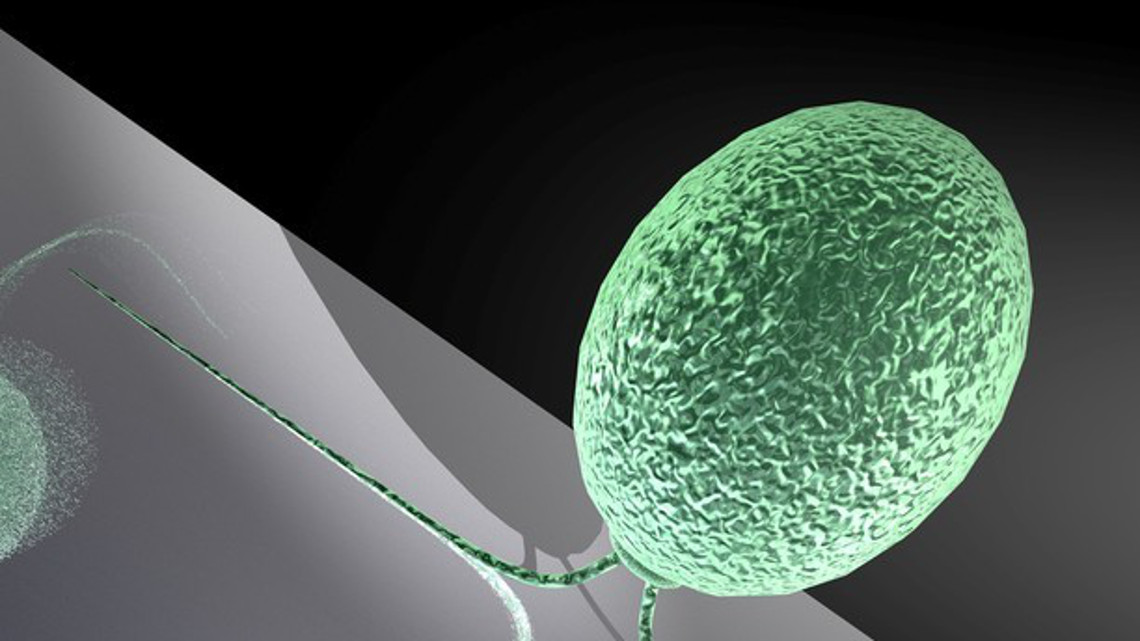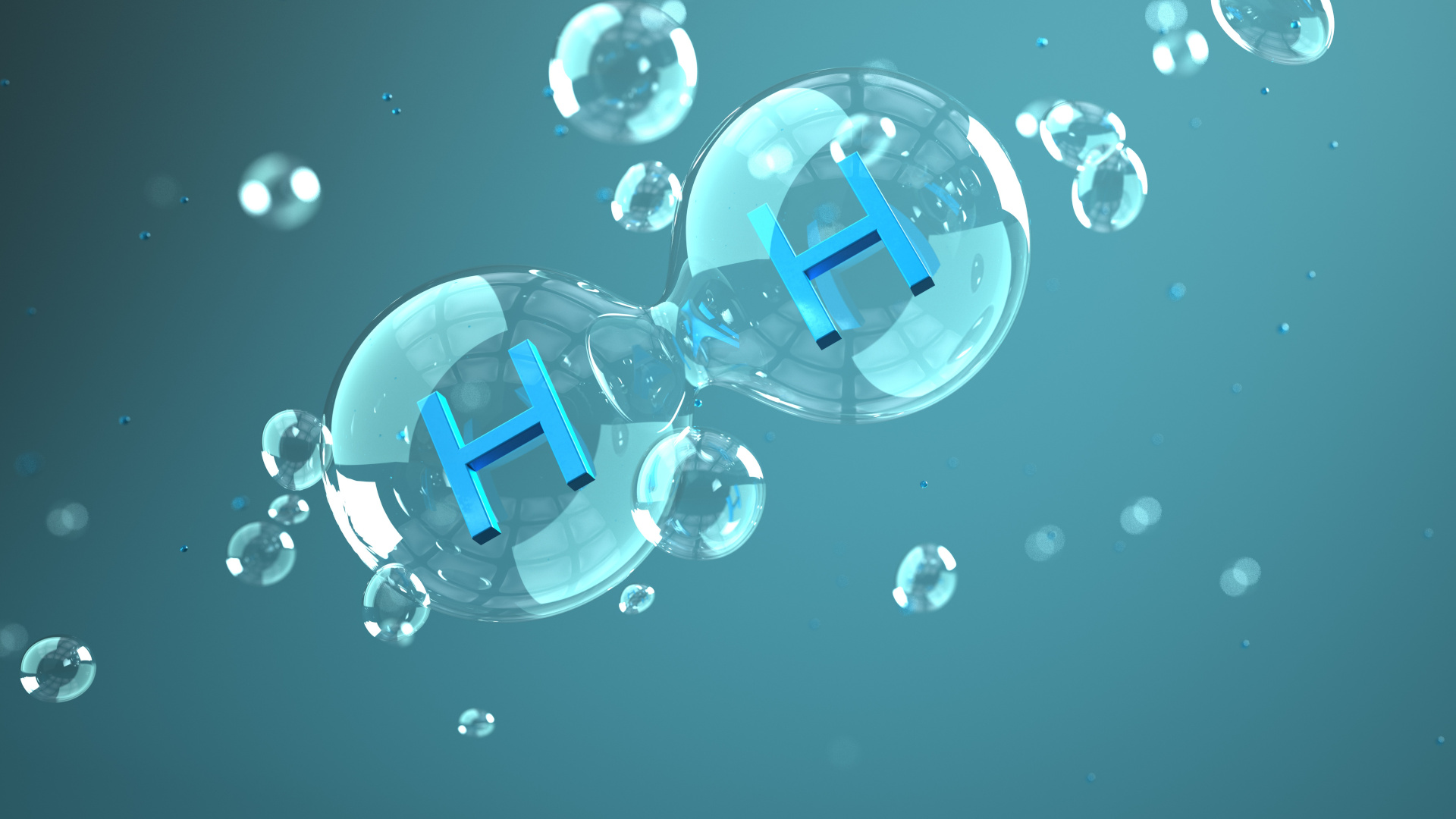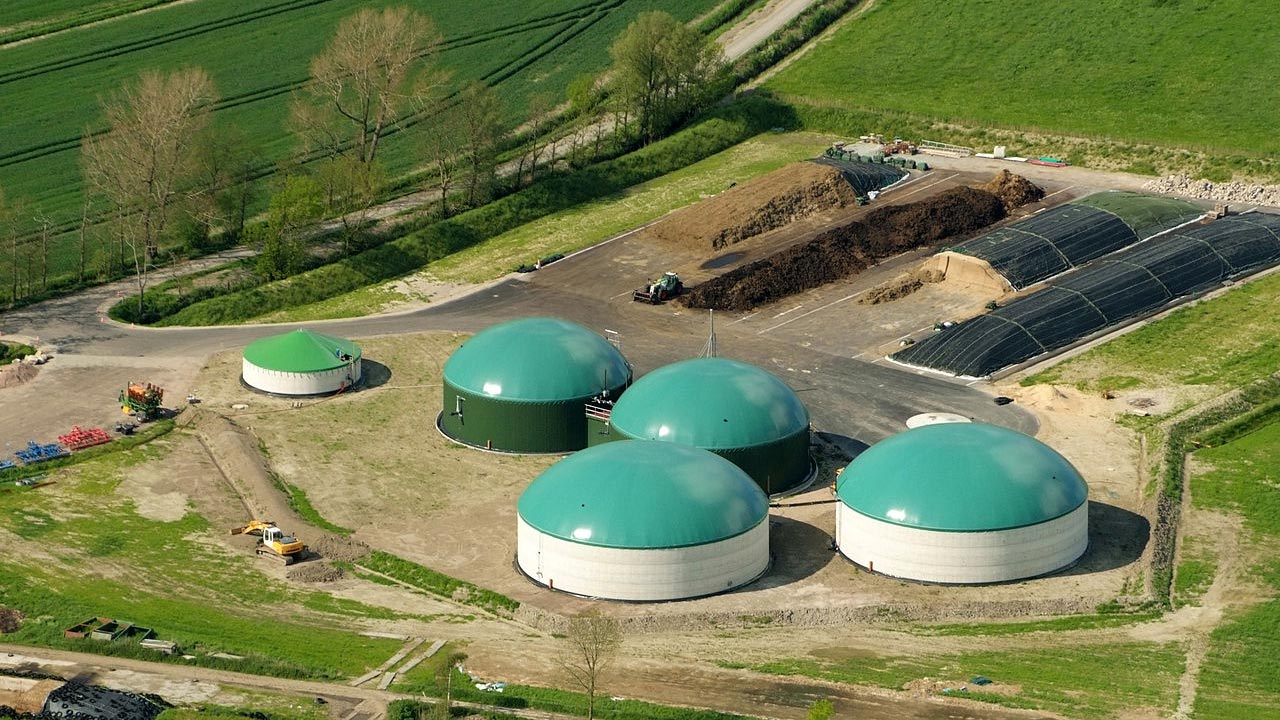Biofilms: green algae only stick in blue light
Green algae cause biofilms that wreak havoc for bioreactors and other structures. Göttingen-based researchers found that red light hinders surface adhesions.

Green algae (Chlamydomonas) can form a slimy layer on almost any surface and even cause blockages in water-treatment tanks. But they can also be quite useful. For years now algae have been cultivated in bioreactors, large facilities comprised of glass tubes, to produce biofuels. However, using their small hairs, also known as flagella, green algae adhere even to these surfaces. The result: a green biofilm forms on the walls of the glass tubes of the bioreactor. Subsequently, less light penetrates into the reactor. However, less light also means less photosynthesis by the other algae in the reactor. Thus, the biofilm reduces the productivity and efficacy of the entire bioreactor. A research team led by Oliver Bäumchen, a physicist at the Max Planck Institute for Dynamics and Self-Organization in Göttingen, discovered that the extent to which the algae adhere to surfaces depends on the spectrum of incoming light. Adjusting this spectrum, the light sensitivity of Chlamydomonas, or altering the surface structures could significantly improve the efficacy of bioreactors. The researchers published their findings in the journal “Nature Physics“.
Blue light enables green algae to stick
Oliver Bäumchen and his colleagues have been working on the adhesive properties of microorganisms for many years, with a particular focus on the flagella and the mechanisms by which these tiny hair-like structures can exert their surprisingly strong adhesive forces. These are measured via a precise sensor: an ultra-thin glass micropipette that can aspire a single green algal cell. Using the micropipette, the researchers measure the force needed to detach a living cell from a surface. One of Bäumchen’s doctoral student, Christian Kreis, was using this method when he discovered that the algae repeatedly exhibited the strongest adhesive force under white light conditions. In contrast, under red light conditions, the cells did not adhere to surfaces at all. While light sensitive plants and microorganisms have been described before, adhesive properties that can be switched on and off with light had been unheard of thus far. Kreis investigated the light response more closely and found that Chlamydomonas exclusively sticks to surfaces when exposed to blue light: green algae use a number of special light-sensitive proteins to sense the light.
Changing photoreceptors and surface properties
However, it is not possible to expose bioreactors to red light only in order to switch off the adhesive properties, because green algae require blue light for photosynthesis. Therefore Bäumchen and Kreis are now cooperating with microbiologists who are experts when it comes to these algae. “We plan to study cells in which the various blue-light photoreceptors are blocked to find out which of those photoreceptors is in fact responsible for triggering the adhesive properties,” says Bäumchen. If it was possible to breed and grow algae with modified blue-light photoreceptors, it might be possible to use them in bioreactors without the annoyance of biofilms forming on the surfaces.
Additionally, Christian Kreis is investigating other avenues than light to prevent the formation of algal biofilms. For instance, he is looking into whether surfaces carrying weak electrical charges might disable surface adhesion. “Biofilms are troublesome in many applications,” the researcher says. “If we could design surfaces in such a way that they prevent microorganisms to stick to them, that would be a boon for many applications in medicine, biotechnology, and chemical engineering.”
jmr


